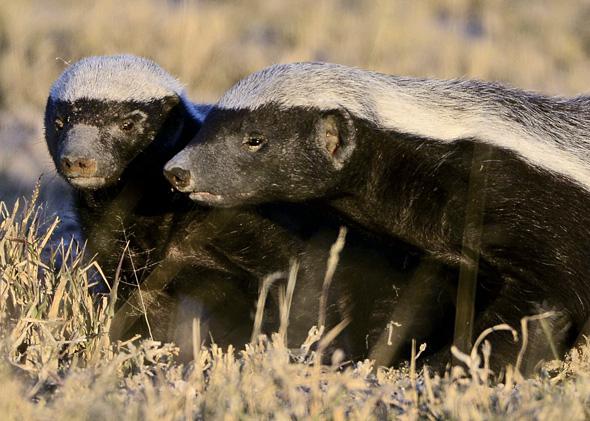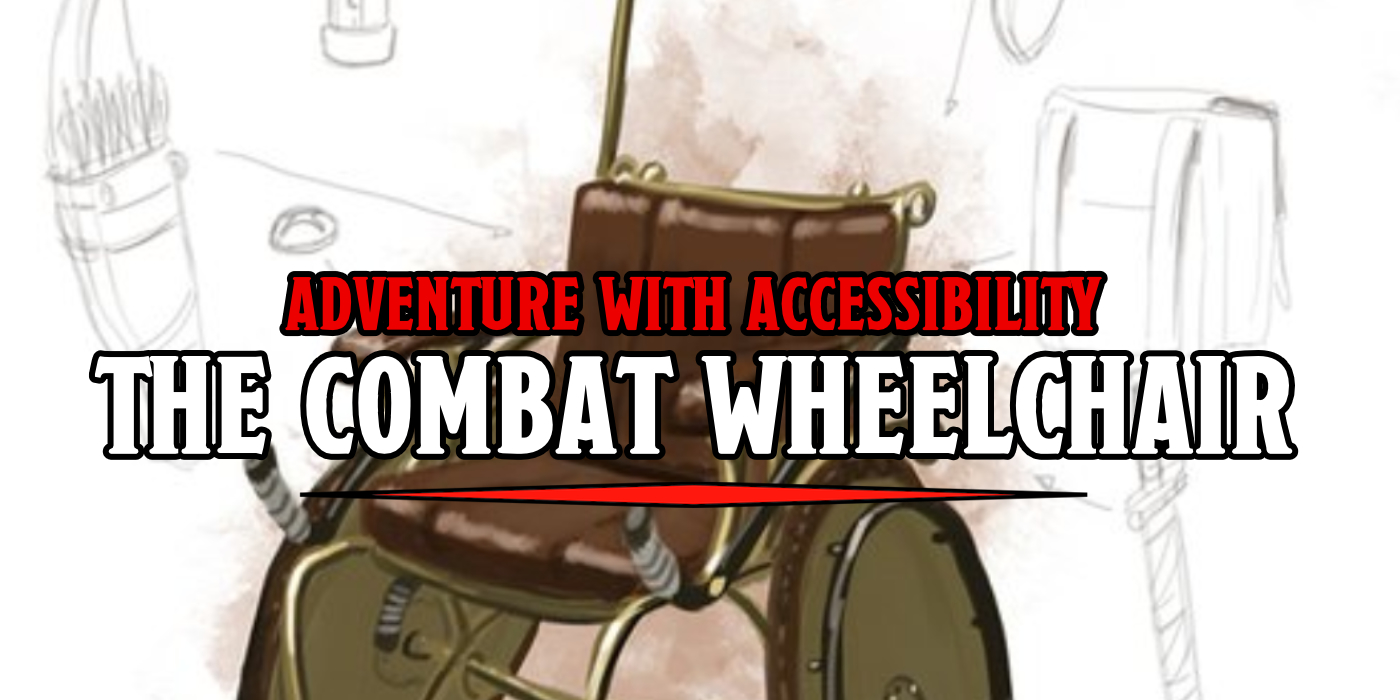Hussar
Legend
Can’t say I’ve ever seen a treatise in halfling musculoskeletal anatomy, sooooo...
But here’s the thing: halflings aren’t brachiators, for sure. If anything, they’re descended from burrowers. And borrowers are very strong per pound. You wouldn’t want to tangle with a 35lb badger*, even if it didn’t have claws.
* roughly honey badger sized.
Let's be honest though. If I wanted to, I could crush a badger. It wouldn't stand a chance. Not without claws and teeth.
It's not like badgers are known for their strength. Nor are they bipedal. I mean, a 35 pound dog is a pretty small dog, incapable of much in the way of strength feats.





